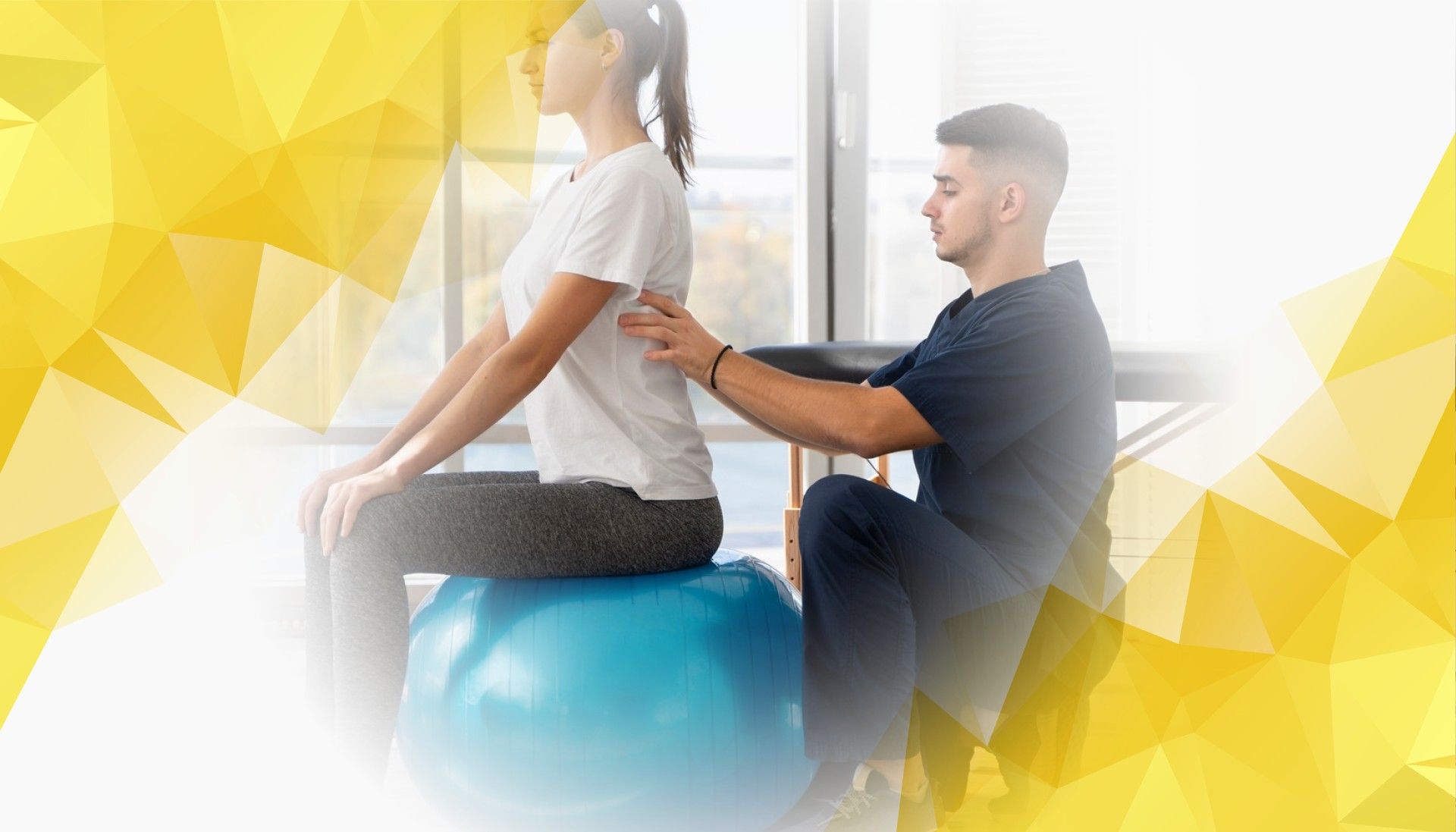Introduction: Why Motion Analysis Matters—and Why It’s Challenging
Motion analysis —the science of studying how people move—plays a vital role in healthcare, rehab, sports training, and more. Careful observation of movement helps experts diagnose conditions, design effective workouts, and monitor recovery. However, traditional motion analysis methods often require repeated, strenuous movements , which can be exhausting and time-consuming for patients and athletes alike. These challenges highlight the need for smarter, easier, and more precise ways to capture motion.
The Drawbacks of Traditional Motion Capture
Most conventional motion capture systems are labor-intensive. They typically require participants to repeat the same movement multiple times to ensure the data is robust and reliable. For people recovering from injuries or managing limited mobility, this repetition can be uncomfortable or counterproductive—leading to fatigue that can actually decrease the quality of results. In addition, these systems often involve expensive equipment and extended testing sessions, restricting their use to specialized facilities. As a result, motion analysis is often out of reach for everyday clinics, gyms, and home users.
Meet MAI Motion: A Smarter Way to Analyze Movement
MAI Motion is transforming motion analysis by leveraging artificial intelligence to streamline the process. Recent studies have shown that MAI Motion achieves comparable results to traditional five-trial protocols with only three repetitions. This efficiency means assessments are faster and far less fatiguing—without sacrificing the precision or reliability of the information captured. By making the process simpler and more accessible, MAI Motion opens the door for use in regular clinics, gyms, and even at home. The result is a practical, user-friendly approach to motion analysis that fits real-world needs.
How MAI Motion Works: Data-Driven and AI-Powered
What sets MAI Motion apart is its intelligent, data-driven approach. The system employs advanced statistical methods and AI algorithms to extract meaningful insights from fewer movement repetitions. It assesses average values, checks for consistency, and filters out errors or irregularities—ensuring stability and reliability, even when participants are less fatigued. Clinicians receive clear, accurate data about a patient’s movement patterns, making it easier to diagnose, set goals, and monitor progress. This smart use of AI makes motion analysis more precise while also faster and easier for everyone involved.
Real-World Benefits in Healthcare, Sports, and Rehabilitation
MAI Motion ’s advantages are tangible across healthcare, sports, and rehabilitation. For patients, the process becomes less tiring, making regular assessments and monitoring more comfortable and practical. In sports, athletes and coaches gain access to detailed motion insights without repetitive, exhausting drills. Rehabilitation professionals can track their clients’ progress efficiently and make data-driven adjustments to their recovery plans. Across all settings, MAI Motion empowers professionals to work more efficiently and helps individuals achieve better outcomes with less hassle and less fatigue.
Looking Ahead: The Future of Motion Analysis
The innovations behind MAI Motion are only the beginning. Researchers are exploring new applications for this technology across different populations and types of movement . There’s also great potential to combine the system with wearable devices, enabling real-time movement tracking and feedback outside of clinical or gym environments. Imagine following your recovery or improving your athletic performance seamlessly at home or on the field. MAI Motion is leading the way towards a future where advanced motion analysis is accessible to everyone, anywhere.
Conclusion: A New Chapter in Motion Analysis
Conventional motion analysis has long been limited by the need for repeated, time-consuming tests. MAI Motion’s innovative use of artificial intelligence proves that fewer repetitions can produce accurate, reliable results—reducing fatigue and making motion analysis easier and more accessible for all. From healthcare to sports to rehabilitation , this technology promises smarter, more efficient, and more effective ways to understand and improve human movement . As MAI Motion continues to evolve, it’s clear we’re at the start of an exciting new era in motion analysis .
References
Wen, Y., Verma, T., Whitehead, J. P., & Lee, P. (2025). Empirical Validation of a Streamlined Three-Repetition Sit-to-Stand Protocol Using MAI Motion. Applied Sciences, 15(10), 5688. https://doi.org/10.3390/app15105688
Armstrong, K., Wen, Y., Zhang, L., Ye, X., & Lee, P. (2022). Novel Clinical Applications of Marker-less Motion Capture as a Low-cost Human Motion Analysis Method in the Detection and Treatment of Knee Osteoarthritis. . https://doi.org/10.4172/2167-7921.2022.11.053
Armstrong, K., Zhang, L., Wen, Y., Willmott, A. P., Lee, P., & Ye, X. (2024). A marker-less human motion analysis system for motion-based biomarker identification and quantification in knee disorders. Frontiers in Digital Health. https://doi.org/10.3389/fdgth.2024.1324511

